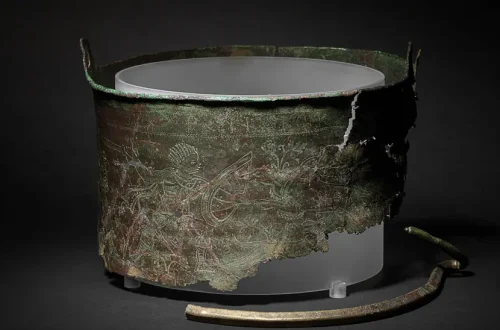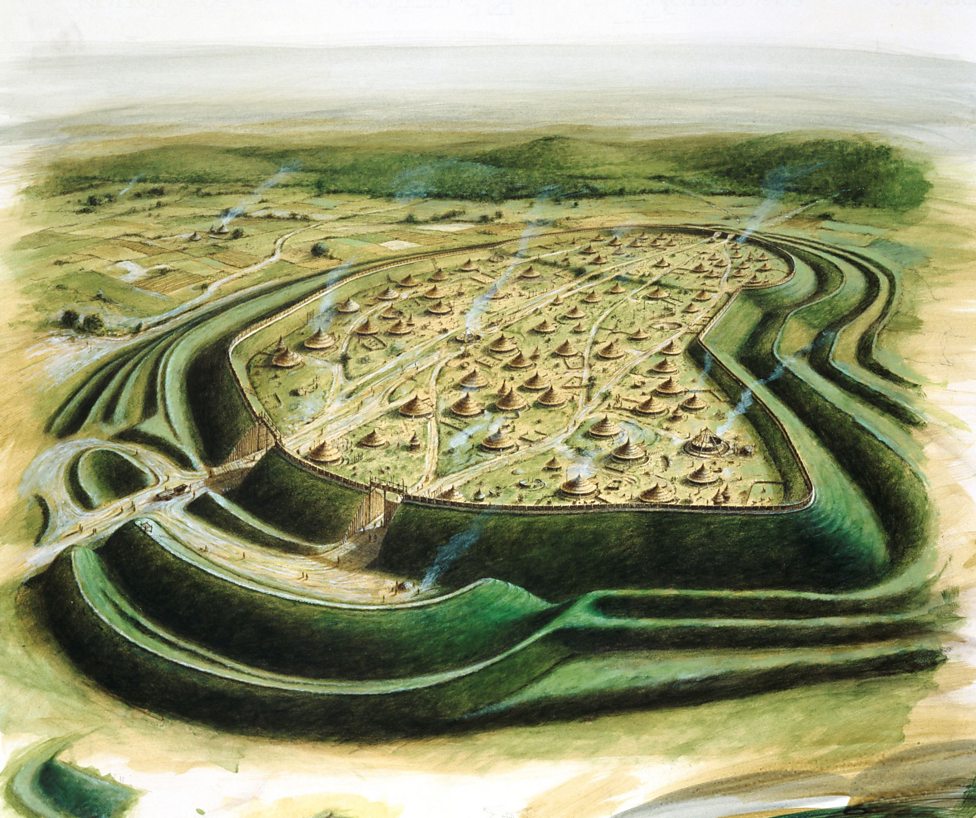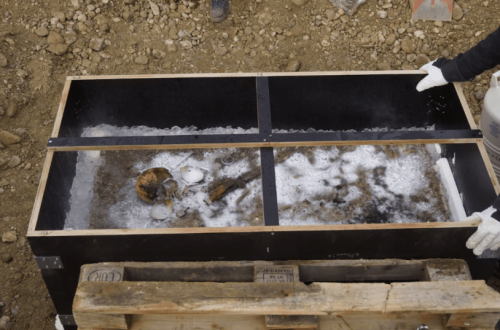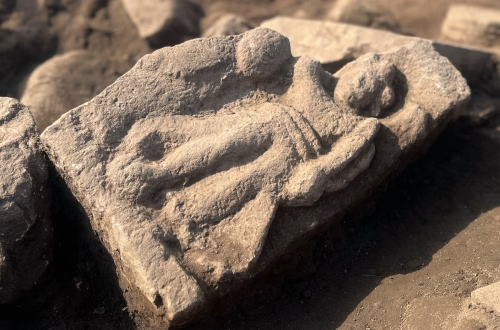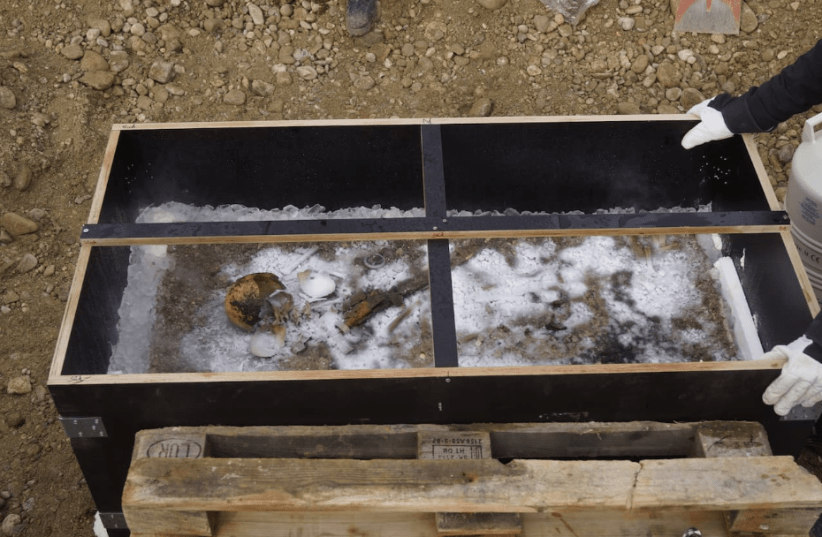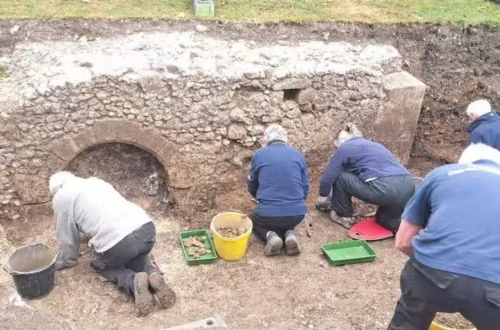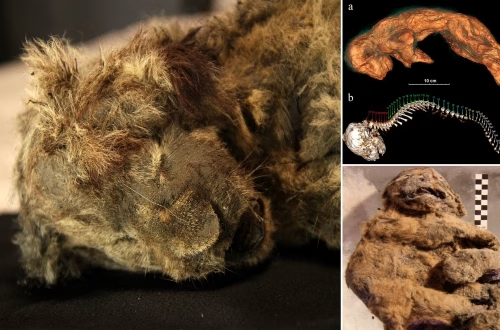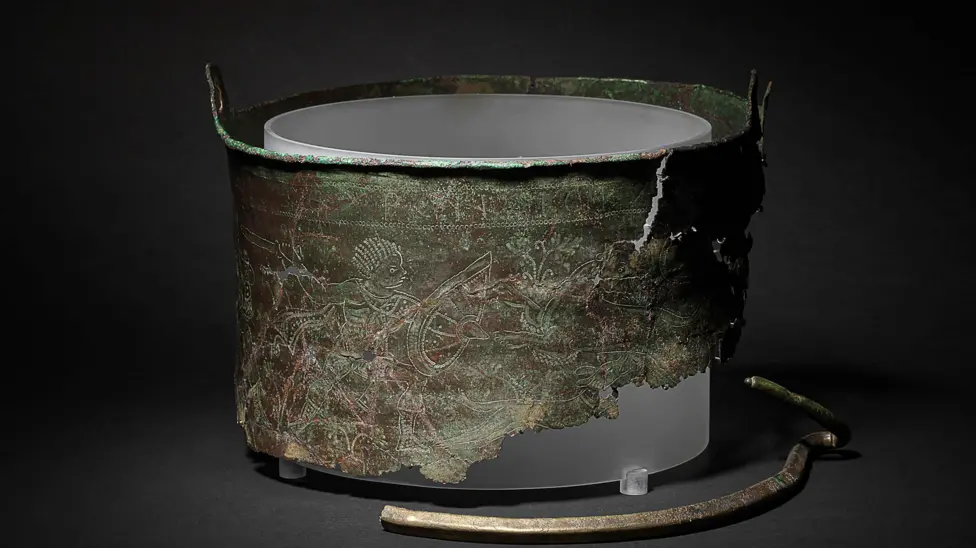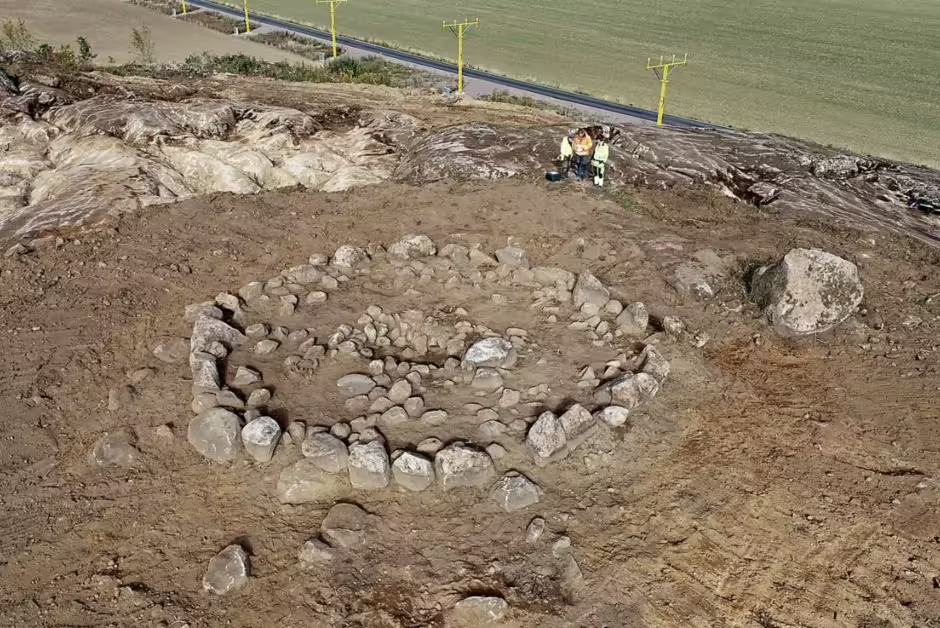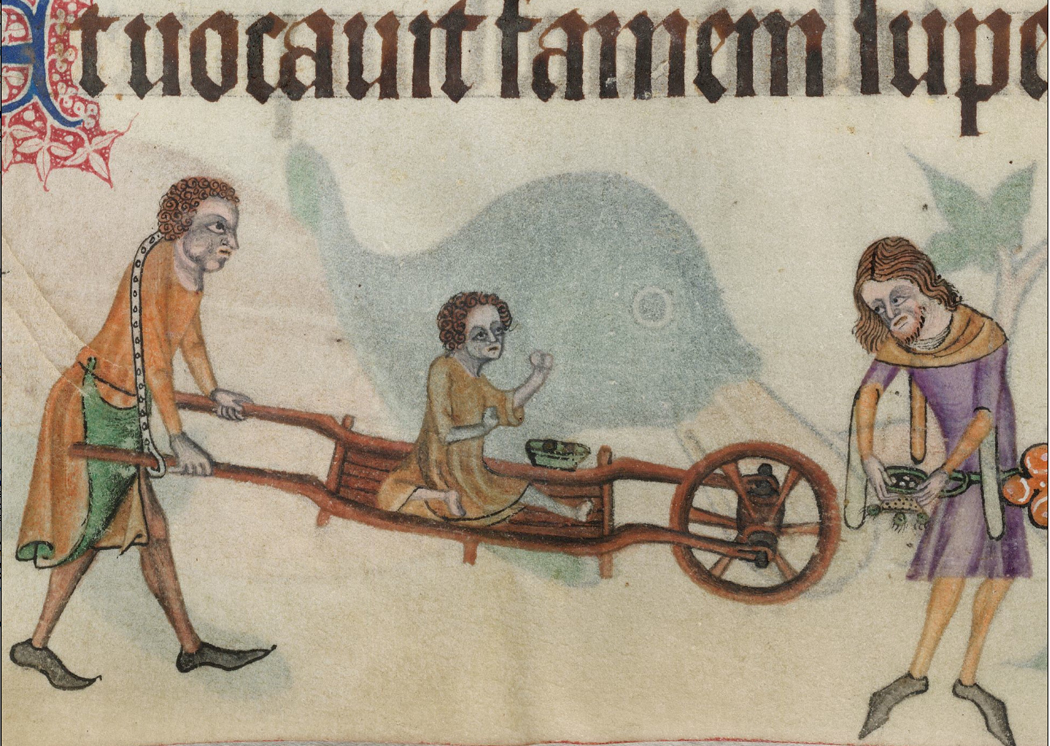A recent archaeological excavation in Chichester’s Priory Park has revealed the remains of a stone tower, known as a barbican, which once defended the city’s Norman castle. The discovery, made during a two-week dig led by Chichester District Council’s archaeologist James Kenny in collaboration with the Chichester and District Archaeological Society (CDAS), sheds new light on the city’s 11th-century history. The excavation, which concluded in early June 2025, focused on an area north of The Guildhall in Priory Park. Guided by geophysics and ground-penetrating radar scans conducted since 2022, the team uncovered the remains of a substantial stone structure measuring…
-
-
A new study has overturned the long-standing belief that a violent Roman massacre occurred at Maiden Castle, a major Iron Age hillfort in Dorset, England. Published in the Oxford Journal of Archaeology, the research, led by Dr. Martin Smith and Dr. Miles Russell, used advanced forensic analysis and radiocarbon dating to examine 52 skeletons from the site. The findings reveal that injuries, once thought to result from a Roman assault in 43 CE, likely stemmed from ritualistic practices, scavenging animals, or inter-Briton violence over decades, rather than a single event. The massacre narrative was established by Sir Mortimer Wheeler’s excavations…
-
A remarkably preserved grave in Mattsies, Bavaria, has allowed archaeologists to piece together the life of a young boy, nicknamed the “Ice Prince of Mattsies,” buried over 1,350 years ago. Discovered in 2021 by the Bavarian State Office for the Preservation of Monuments, the burial, dating to around 670–680 CE, reveals the wealth and cultural connections of an early medieval family. The use of a novel freezing technique to preserve the grave has provided a wealth of information about the child and his society. Found within the remnants of a Roman villa, the grave contained the remains of a boy…
-
The administration of President Donald Trump has proposed significant reductions in federal funding that are poised to disrupt archaeological research and preservation efforts across the United States. These cuts, detailed in a recent budget proposal, have raised alarm among archaeologists, who warn that the nation’s ability to protect and study its historical sites is at risk. The measures, which require congressional approval, have sparked concern about the long-term impact on America’s cultural heritage as the country approaches its 250th anniversary in 2026. According to a report by The New York Times, federal support for archaeological research, preservation, and museums has…
-
Archaeologists have confirmed that a 6th-century Byzantine bucket discovered at Sutton Hoo, Suffolk, likely served as a cremation vessel. The bucket, pieced together from fragments found over decades, contained cremated human and animal bones, offering new insights into burial practices of the early medieval period in England. The bucket’s fragments were first unearthed in 1986, with additional pieces discovered in 2012 and 2024 during excavations at the site. Located near Woodbridge, Sutton Hoo is renowned for its Anglo-Saxon burial mounds, including the famous ship burial of 1939, believed to be the resting place of King Raedwald of East Anglia, who…
-
Amateur archaeologists have made an exciting discovery at Vindolanda, a Roman fort site just south of Hadrian’s Wall in Northumberland, England. Jim and Dilys Quinlan, unearthed a stone relief depicting the winged goddess of victory, Victoria, during a volunteer excavation. The find offers a glimpse into Roman religious practices and the cultural life of soldiers stationed at this frontier outpost nearly 2,000 years ago. Vindolanda, established in the late 1st century AD, was a key military base along Hadrian’s Wall, a defensive structure built by Emperor Hadrian in 122 AD to mark the northern boundary of Roman Britain. The site…
-
Marine archaeologists have made a significant discovery off South Australia’s coast, uncovering the Koning Willem de Tweede wreck in Guichen Bay near Robe. Announced on 7 May 2025, the find marks the end of a 168-year mystery since the ship was lost on 30 June 1857. The vessel, preserved beneath the seabed, provides a window into 19th-century maritime trade and migration, particularly during Australia’s gold rush era. The Koning Willem de Tweede, an 800-tonne Dutch merchant sailing ship, was a three-masted barque designed for long-distance trade. On its final voyage, it carried 374 Chinese passengers from Hong Kong to Melbourne,…
-
The Allerum Dog, an 8,000-year-old canine skeleton unearthed in 1918 in Allerum Bog near Helsingborg, Sweden, offers insights into the role of dogs in Mesolithic hunting societies. The skeleton, studied by osteologist Elisabeth Iregren and archaeologist Kristina Jennbert from Lund University, reveals a flint-edged bone arrowhead lodged between its ribs, suggesting the dog was struck during a human-led hunt, later dying by a lakeshore and sinking into the bog. Iregren’s 1993 study in Archaeofauna highlights the dog’s traits: an agile, wolf-like build with erect ears, a defined skull stop, strong shoulders, and a sturdy femur, adapted for hunting. Its fur,…
-
Archaeologists in Sweden have uncovered a rare 1,100-year-old Viking coffin grave near Linköping. The grave contains weapons and a stone circle with Christian elements, which researchers describe as highly unusual. The discovery, made during excavations for a construction project, offers fresh insights into Viking burial customs and the early spread of Christianity in the region. The grave, dating to the late 9th to early 10th century, includes a wooden coffin surrounded by a carefully arranged stone circle. Inside, archaeologists found a sword, spear, and shield, indicating the deceased was likely a warrior of high status. A preserved nail and a…
-
Archaeologists in Germany have uncovered evidence of compassionate care for individuals with disabilities during the late Middle Ages, based on skeletal remains from a medieval cemetery in Eichstätt, Bavaria. The findings, from a site dating to the 14th to 15th centuries, include skeletons with conditions such as scoliosis, limb deformities, and healed fractures, suggesting these individuals were supported by their communities despite their physical limitations. The study, led by the Bavarian State Office for Monument Preservation, examined over 200 burials. Among them were remains of individuals with conditions like scoliosis and congenital limb deformities. One notable case involved a person…

